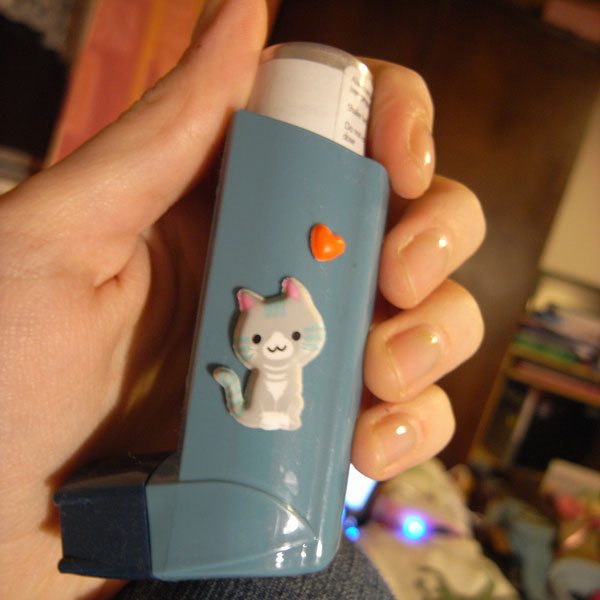
December 4, 2017; Washington Post
“Baltimore paramedic crews make more asthma-related visits per capita in [the 21223 ZIP code] than anywhere else in the city, according to fire department records,” the Washington Post reports, based on a study conducted by a reporting team from the University of Maryland School of Journalism and Kaiser Health Service. Asthma rates are high, even though the ZIP code is just miles away from two leading medical centers—Johns Hopkins and the University of Maryland Medical Center.
A key reason: “The perverse incentives of the health-care payment system have long made it far more lucrative to treat severe, dangerous asthma attacks than to prevent them.”
Maryland hospital data show that Baltimore hospitals collected $84 million over the three years ending in 2015 to treat acutely ill asthma patients as inpatients or in emergency rooms. Nationally, Centers for Disease Control data indicate that asthma “causes nearly half a million hospital admissions a year and about 2 million visits to the emergency room. Over 3,000 people die each year from asthma attacks. The annual cost for care exceeds $50 billion. During the three-year period under review in Baltimore, the average impatient visit for asthma treatment generate revenue of $8,698. By contrast, the writers note, “Half the cost of one admission—a few thousand dollars—could buy air purifiers, pest control, visits by community health workers and other measures proven to slash asthma attacks and hospital visits by frequent users.”
Patricia Brown, a senior vice president at Hopkins in charge of managed care and population health, says “We know who these people are.… This is doable, and somebody should do it.” But the fact that something should get done doesn’t mean that it is getting done.
The reporters did find one nearby hospital, Children’s National Health System in Washington, that has made an effort. The hospital “has found that its good work comes at a price to its bottom line.”
Sign up for our free newsletters
Subscribe to NPQ's newsletters to have our top stories delivered directly to your inbox.
By signing up, you agree to our privacy policy and terms of use, and to receive messages from NPQ and our partners.
As the Post explains:
Children’s sends asthma patients treated in the emergency room to follow-up care at a clinic that teaches them and their families how to take medication properly and remove home triggers. The program, begun in the early 2000s, cut emergency-room use and other unscheduled visits by those patients by 40 percent, a study showed.
While recognizing that it decreases potential revenue, hospital managers fully support the program, said Stephen Teach, the pediatrics chief who runs it.
“ ‘Asthma visits and admissions are down again, and it’s all your fault!’ ” Children’s chief executive likes to tease him, Teach said. “And half his brain is actually serious, but the other half of his brain is celebrating the fact that the health of the children of the District of Columbia is better.”
The story is emblematic of a broader challenge in the US health system. Despite widespread acknowledgement that hospitals and health systems must address the social determinants of health and operate more effectively outside the hospital walls, the insurance reimbursement system has yet to catch up with medical reality. The result: the hospital loses money if it makes the more medically effective intervention and makes money if it fails to do so.
“Getting health-care providers to pay for home-based interventions is going to be necessary if we want to make a dent in the asthma problem,” acknowledges Patrick Breysse, a former Hopkins official and current director of the National Center for Environmental Health at the Centers for Disease Control.—Steve Dubb












